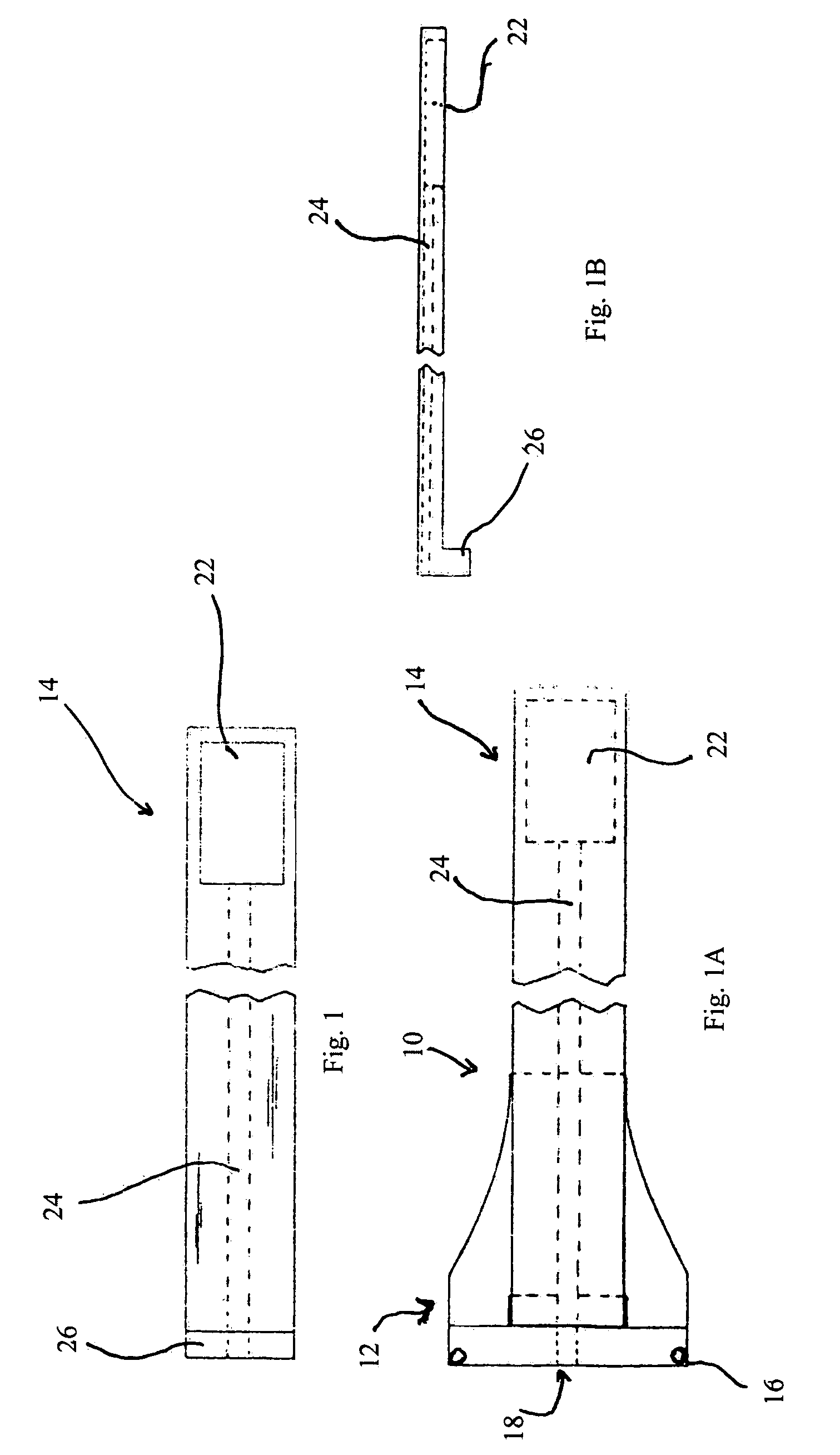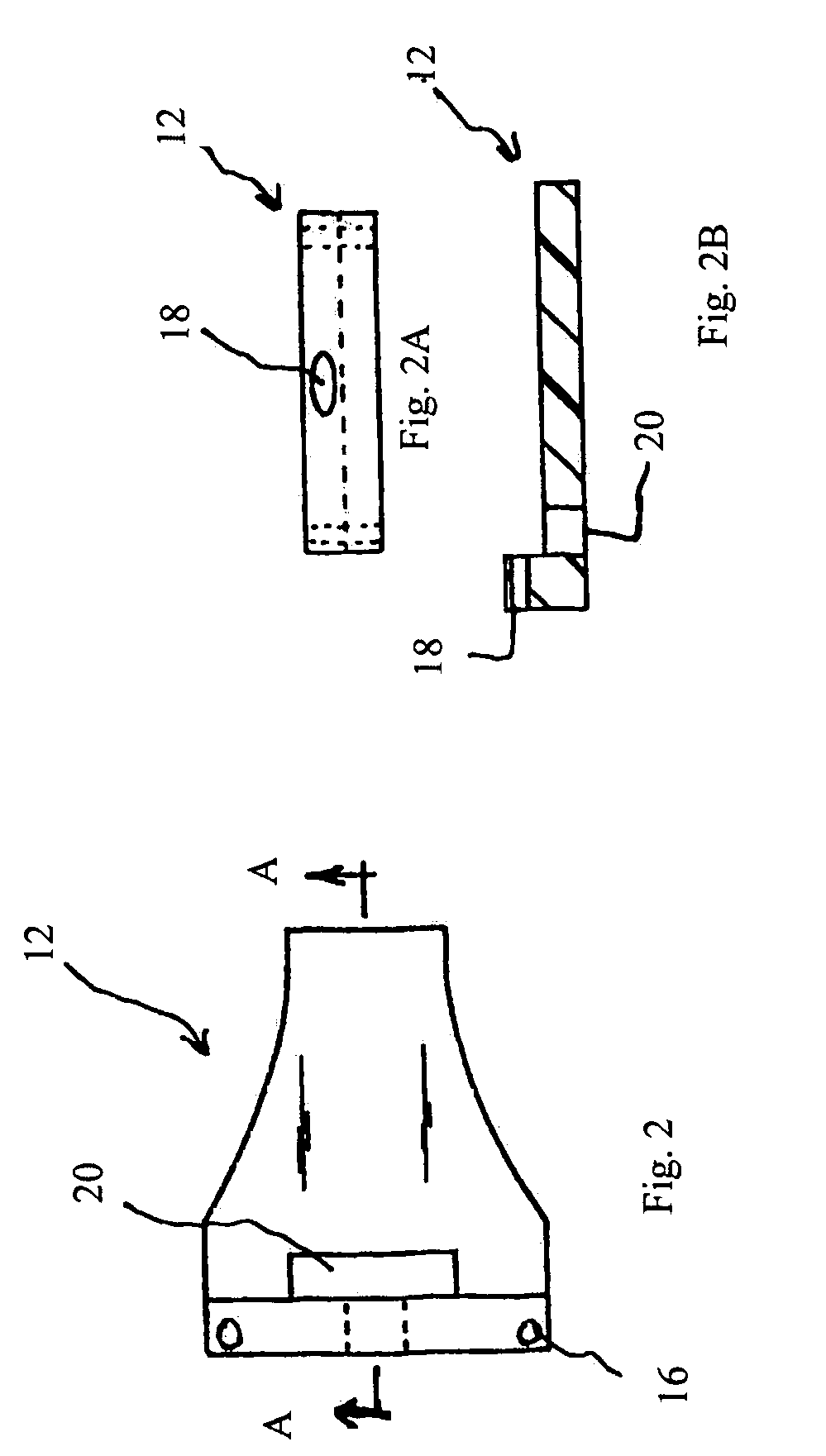Trans-scleral drug delivery method and apparatus
a transscleral and drug technology, applied in the field of ophthalmic conditions with localized delivery of pharmaceutically active agents, can solve the problems of paracentral and central scotomata, limited inability to detect peripheral and central vision, etc., to achieve improved and effective effect, less side effects, and improved visual acuity
- Summary
- Abstract
- Description
- Claims
- Application Information
AI Technical Summary
Benefits of technology
Problems solved by technology
Method used
Image
Examples
Embodiment Construction
[0026]In the following detailed description numerous specific details are set forth in order to provide a thorough understanding of the invention. However, it will be understood by those skilled in the art that the present invention may be practiced without these specific details. For example, the invention is not limited in scope to the particular type of industry application depicted in the figures. In other instances, well-known methods, procedures, and components have not been described in detail so as not to obscure the present invention.
[0027]An ideal candidate molecule for the treatment of retinal and / or choroidal neovascularization should (1) be relatively non-toxic, (2) have reasonable bioavailability in ocular tissues, (3) have some physiologic basis to be studied, and (4) not adversely interfere with other physiological neovascular responses such as would healing nad coronary vascular remodeling. Carboxyamido-triazole (CAI) is an anti-angiogenic factor that has shown cons...
PUM
| Property | Measurement | Unit |
|---|---|---|
| volume | aaaaa | aaaaa |
| molecular weight | aaaaa | aaaaa |
| temperature | aaaaa | aaaaa |
Abstract
Description
Claims
Application Information
 Login to View More
Login to View More - R&D
- Intellectual Property
- Life Sciences
- Materials
- Tech Scout
- Unparalleled Data Quality
- Higher Quality Content
- 60% Fewer Hallucinations
Browse by: Latest US Patents, China's latest patents, Technical Efficacy Thesaurus, Application Domain, Technology Topic, Popular Technical Reports.
© 2025 PatSnap. All rights reserved.Legal|Privacy policy|Modern Slavery Act Transparency Statement|Sitemap|About US| Contact US: help@patsnap.com



